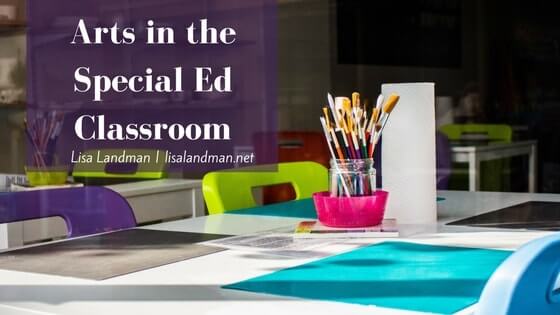Special education programs are designed for those who are emotionally, mentally, socially or physically delayed, which just means a child’s overall development is behind their peers. Special education programs were developed because traditional classrooms do not meet the needs of these children.
Anne Minnich-Beck, Director of Education at the Indianapolis Art Center, found that special needs children run into more failures and disappointments in life and art is an excellent way for these kids to find success in life. Art activities are a proven way to help all children express their emotions, and this article will focus on the benefits of art and special education programs.
Research and Benefits
For children with disabilities or developmental delays, art is a great way to enhance several learning areas. Research has consistently proved that art activities increase student achievement across all subject areas, as well as social and adaptive skills. This is due to the multisensory nature of arts, including memory and cognition improvements.
There are many benefits from art activities for children with special needs, and research is an ongoing process. Various studies have found that art improves behavior, helps development and coordination and improves social skills. Supplementary research has also found that participants of art activities have reduced stress which enhances the ability to learn.
Special needs children face challenges in exercising social skills, and art is a gateway that engages expressive channels. Additionally, art activities improve behavior because it allows children with disabilities to become more aware of emotions and senses to have more self-control. Children who face delayed development also see coordination development because art connects students with their own identity.
Tips to Create an Art Program
While most art materials will benefit students, there are some things to keep in mind when creating an art program:
- Have enough materials: Cheap elements are fine, but it is essential to make sure there are enough supplies for all students.
- Easy to use materials: Be sure that the elements are easy to use to eliminate any frustration that may be created from hard to use materials. Great options include paint, colorful paper, crayons, and clay.
- Break down the process: Art may not come naturally to all students, and some may need more time to grasp the idea. Break down the method of using art materials in simple steps to prevent any issues.
Art activities create a positive experience for special needs children and improve their behavior and development. Research has proven why special education programs need art activities and it is important that art is not forgotten.
Lisa Landman has a passion for helping others and has worked with special need adults throughout her career. Learn more about her professional work or check out her Twitter!


